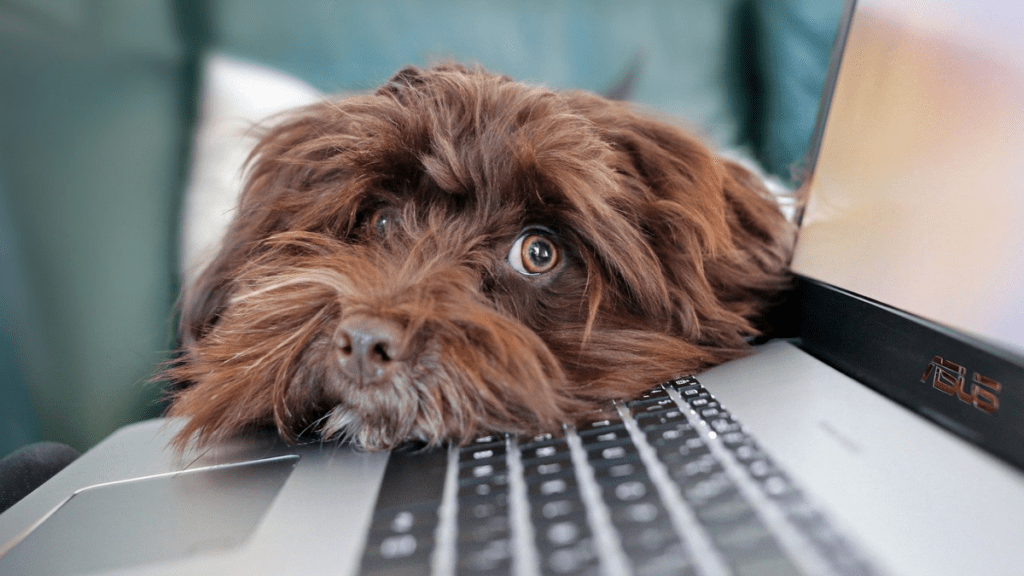Many people are heading back to the office now that the country is opening up and restrictions are lifting. Our pets have gotten very used to us being at home, able to entertain their every whim. We were available to them 24/7 but now we’re leaving them home alone for 8-10 hours at a time, and this transition is causing some of our furry companions to act out. Here are a few ideas to help your pet adjust to “normal” pre-COVID life:
Before you transition back to the office:
- Start incorporating structured play time or cuddle time into your day, and plan these sessions for times that will continue to work for you when you are back on your work schedule. Go for your walks after dinner, play fetch early in the morning, cuddle while watching the 10pm news. Try not to indulge in those highlights of your pet’s day during the time when you will soon be gone. Set a routine now that you can follow once you are back at the office.
- Run your errands without taking Fido. We know we all love to get our dogs out when we go for a quick ride to the bank or to the McDonald’s drive-thru to grab a bite, but start leaving your pooch home for those expeditions. This will help Fido understand that it’s normal for you to leave the house without him.
Once you're back in the office:
- Don’t make a big deal out of leaving every morning. If Fluffy is sleeping in the recliner, don’t yell out that you are leaving, will see her soon and that if she is a good girl she can have a snack when you get back. If you don’t make a production out of going somewhere, your pet won’t feel that it’s worth rousing themselves from the couch to see you off.
- Upon arriving home, remain calm and ignore the jumping Schnauzer at your knees. Greet Schnitzel only after he has calmed down and has all four feet on the floor. While it is fine for your dog to be excited to see you, it is not ok for a full-grown pup to knock you over and slobber you with kisses as soon as you cross the threshold.
- Consider crate training your dog if you haven’t already. This protects your pooch from getting into things while you are gone. Trust us, a bored pet can easily find that bag of sandwich bread that you thought was out of reach, and pull all the stuffing out of your brand new pillow as soon as boredom strikes. It will also give you peace of mind to know that Jack is safely tucked into his little den while you can’t keep an eye on him. Most dogs, once they are used to their kennel, will walk in voluntarily. It becomes their “safe spot.”
- Provide toys to exercise your dog’s mind while you are away. A Kong filled with frozen peanut butter and kibble mixture is a great option. There are also dozens of toys that make a pup work for treats and keep them distracted for a while! Do not, however, leave out bones or rawhide-type chews for them to gnaw on while they are alone. These are natural products, and you never know when a bone may splinter or a rawhide treat could get lodged in the throat. Items like bones and chews should only be given under close supervision.
If Pookie is still having a hard time during your absence, you could consider look into calming treats and supplements like Solliquin and Zylkene. Some pets do very well with these natural products, whereas other more anxious dogs and cats may need something a bit stronger. If this applies to your pet, ask your veterinarian if they are willing to prescribe a trial of medication to help your pet cope with the stress of you not being home.
Good luck with your transition from full-time stay-at-home pet parent back to the working world! If your pets give you grief for abandoning them, just remind them that this is how you pay for their gourmet treats and fancy spa days….






